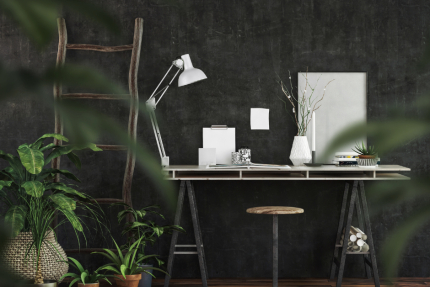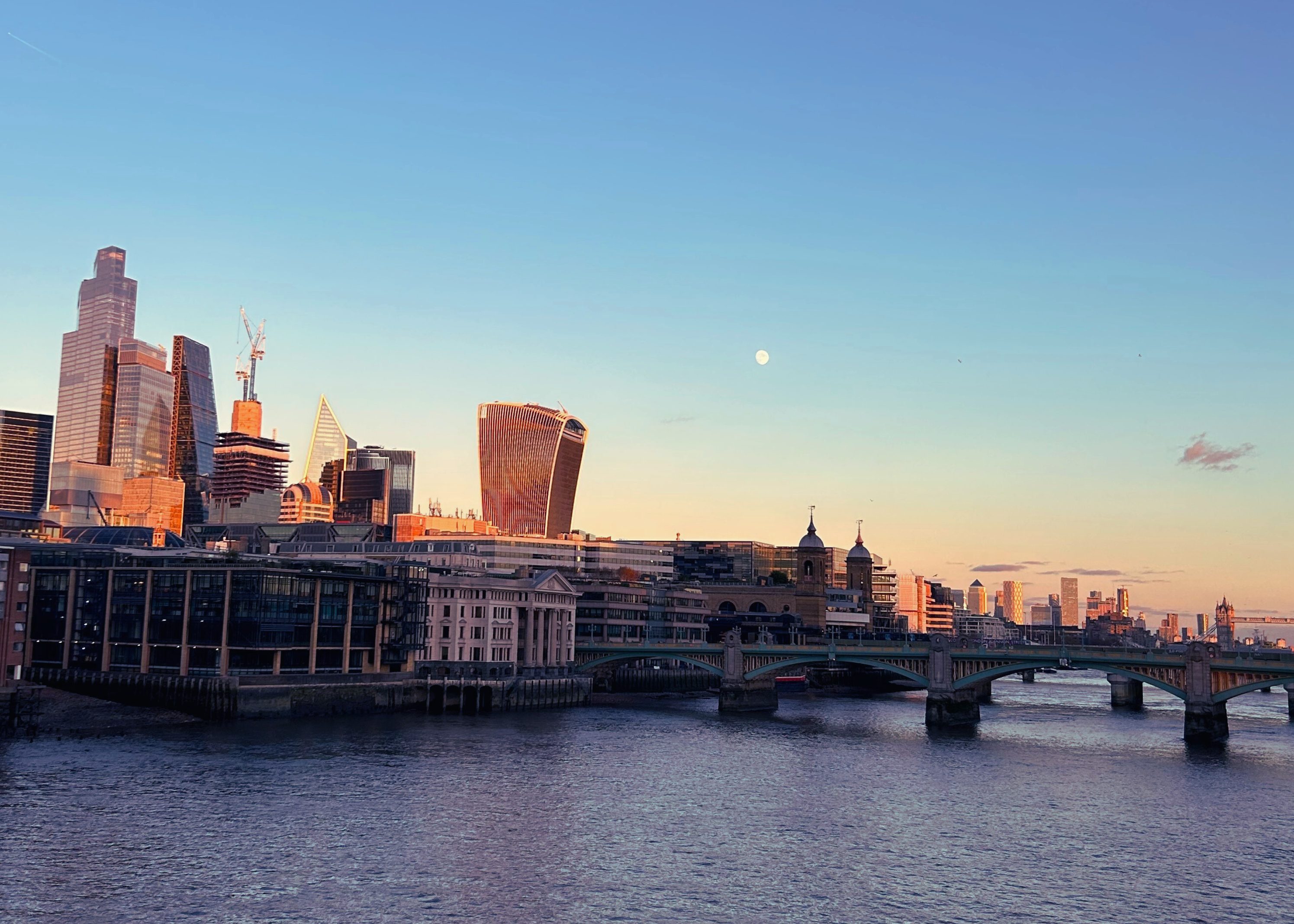As we enter the middle of January and those 'touch base' emails finally ease, it's time to truly look forward to the year ahead and what kind of things we can expect from our working environments.
Following the news that Zoom was expecting their employees to make their way back to the office in the latter half of last year, the remote working model appears to be falling by the wayside and making way for the much more prevalent hybrid structure. While remote working offered a practical solution to the very real global pandemic of 2020, such circumstances have since subsided along with the measures to boot; face masks are long gone, vaccination hysteria has dissipated, and track and trace has died an inevitable death. It makes sense, then, that remote working as another piece of temporary infrastructure, would meet the same fate.
Hybrid working, on the other hand, seems to be a mainstay across industries such as tech, recruitment, and marketing. Industries with notoriously high stakes and less work/life balance returned to the office with little delay, indicating that it's entirely doable and perhaps even necessary for certain business models. (Read: Reasons to adopt a flexible working policy)
Moving on from WFH trends, we're seeing offices embrace what's called 'third spaces'. A third space is a social environment that is different from the first space (the home), and the second space (the workplace), the most famous examples being a café or a park. Office kitchens are the closest that most workplaces get to a third space, alas an office can never be a third space on account of failing to meet the most basic criteria. There is currently a wider trend to develop spaces with the deliberate purpose of leisurely human interaction: be that living room style spaces, breakfast bars, etc. The hybrid working phenomenon necessitates a corresponding shift in office culture, where the ideal space is a blend of both the home and the office. Leaning into third spaces within the workplace presents a practical solution to support both the functional and social needs of employees.
Hot desking presents a similar shift away from the traditional office order. Big offices with multiple departments sometimes run the risk of operating inefficiently as each arm of the company is so removed from the others, creating unnecessary layers of bureaucracy. Keeping workspace areas available to all, and actively encouraging people to move fluidly throughout the office is a fantastic way to breakdown communication barriers and embrace a more employee led atmosphere.
Upcoming trends continue to lead us closer to workplace environments that support the employee - such positive change marks a step in the right direction for businesses.



